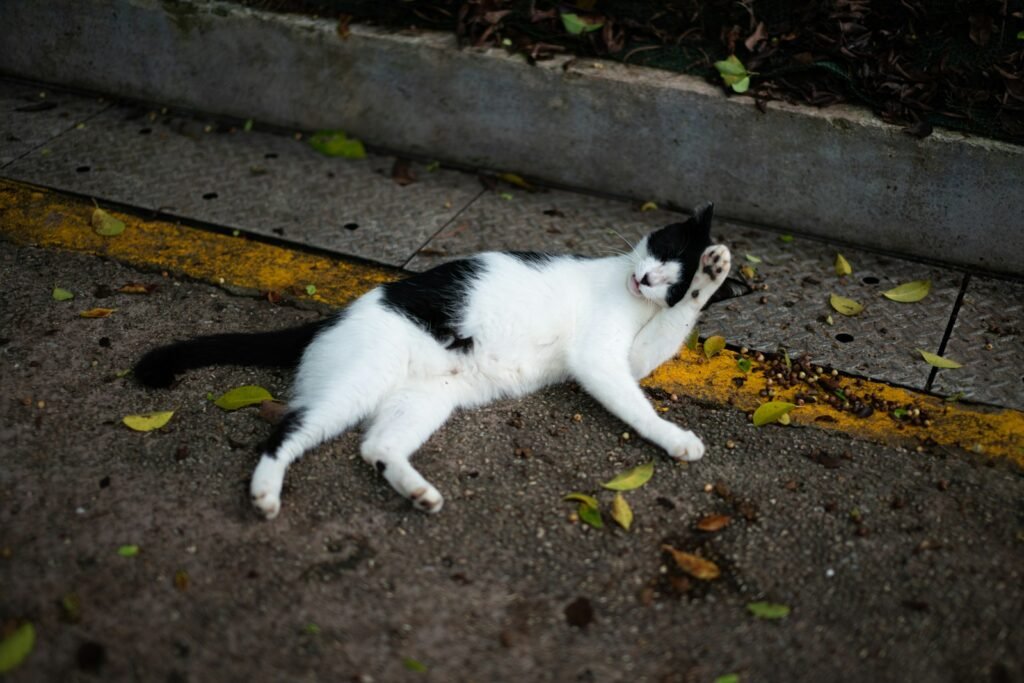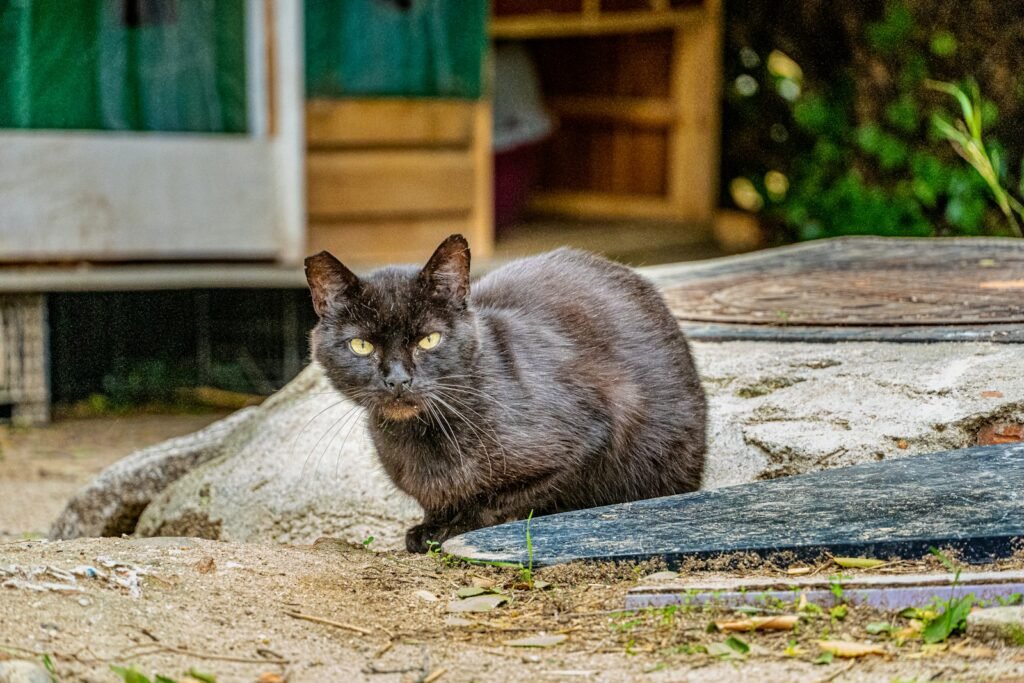Before determining whether a stray cat wants to be rescued or left alone, it’s crucial to understand their behavior. Cats can be incredibly independent, and their responses to human interaction vary widely. Some may appear friendly, while others might be skittish or even aggressive due to fear. Stray cats often fall into two categories: feral, who are typically wild and unaccustomed to humans, and lost or abandoned pets who may be more approachable.
Initial Signs of a Stray Cat’s Comfort Level

Observe the cat from a distance initially. A stray cat that holds its tail up and seems relaxed in its environment might be more open to contact than one that is constantly on alert or hiding. Look for body language cues: a hunched back, ears flat against their head, or an arched back with fur standing up are signs the cat is anxious or threatened. Alternatively, a cat that slowly blinks at you, purrs, or approaches you willingly may be comfortable with human interaction.
Assessing Physical Condition

Evaluate the physical condition of the stray cat. A cat in good health—which appears well-fed, with a clean coat—might be less likely to need immediate rescuing, suggesting it has resources or support from a nearby feeder or colony. Conversely, a cat that appears malnourished, injured, or unkempt likely needs assistance. A cat’s physical state can give clues about whether it can survive independently or requires intervention.
Observing Behavioral Patterns Over Time

If possible, observe the stray over a few days. A cat that returns to a specific location regularly might belong to a nearby colony, be returning for food, or seeking shelter, indicating it has some level of routine. Notice if the cat becomes more comfortable with your presence over time, which can signal readiness for rescue.
Determining if the Cat is a Feral or a Socialized Stray

Feral cats are generally not socialized to humans and prefer to live in the wild. Identifying a feral cat often involves noting a lack of human-centric behavior, such as avoiding eye contact, hiding, or fleeing when approached. Socialized strays, or those who have been pets in the past, are more likely to approach you, vocalize, or exhibit behaviors indicating they are used to human companionship.
The Cat’s Reaction to Food

Offer food from a distance initially. A stray cat that approaches cautiously yet willingly to eat might be open to further human interaction. Observe if the cat seems more interested in food than avoiding you, as this indicates hunger, a key factor in whether the cat might need assistance. A feral cat may also respond to food but is likely to remain wary and avoid close contact.
Listening to Vocalization

Cats communicate through vocalization, so listen to how the cat responds to your presence. Purring, meowing, or chirping can be positive signs, suggesting that the cat is open to interaction and possibly seeking assistance. Conversely, growling, hissing, or an intense yowl might indicate the cat feels threatened or wants to be left alone.
Testing the Cat’s Proximity Tolerance

Gauge how close the cat allows you to approach. Start by sitting or standing quietly nearby and see if the cat comes nearer on its own. A stray open to human interaction might gradually decrease the distance between you two. Do not attempt to grab or corner the cat if it appears nervous or defensive, as this can lead to stress or aggression.
Deciding When to Intervene

If the cat exhibits signs of distress or ill health, such as limping, visible injuries, or severe malnourishment, intervention is likely necessary regardless of the cat’s socialization level. Contact a local animal rescue organization or shelter for advice or assistance in safely capturing and caring for the stray.
Considering the Long-Term Commitment

Rescuing a stray cat is often a significant commitment. Before deciding to take the cat in or bring it to a shelter, ensure you are prepared for potential veterinary care, socialization efforts, and the time it may take to rehabilitate a traumatized or feral cat. Consider your ability to provide a safe environment long-term, or if placement in a rescue organization is more feasible.
When to Leave a Stray Cat Alone

In cases where the cat appears healthy, is part of a managed feral colony, or shows persistent signs of wanting nothing to do with humans, it may be best to leave it alone. Many feral cats are accustomed to living outdoors and may not adapt well to a domesticated life. Joining trap-neuter-return (TNR) programs ensures these cats are still cared for without needing permanent homing.

Growing up traveling and experiencing new cultures and wonders, I have had a passion for nature, adventuring, photography, and videography. I am currently working towards a BSc in Biodiversity and Ecology at Stellenbosch University, and I hope to specialise in Marine Sciences one day.
Please send any feedback to Feedback@animalsaroundtheglobe.com






